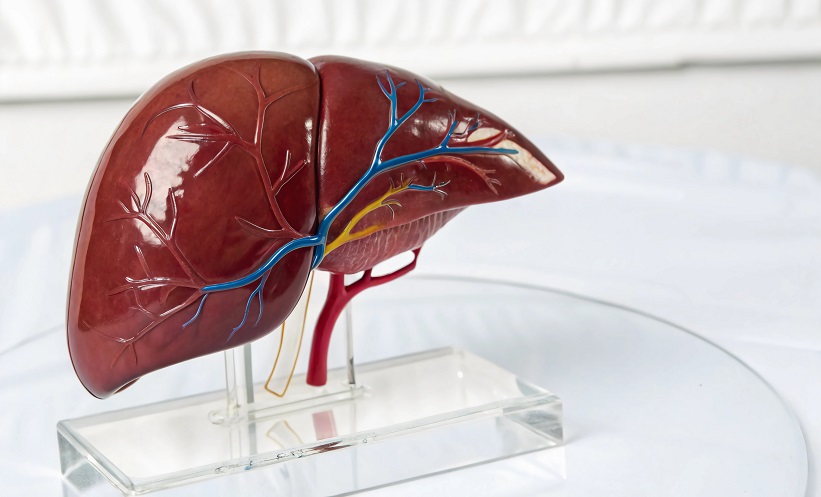Ms. Anne Philips
An emotive title for this blog, however, could be: is this actually a realistic option in the future? As the evidence is emerging about potential opportunities to delay or prevent Type 1 and 2 diabetes (T1D/T2D), the stage is set for a very exciting few years ahead as science, enthusiasm, opportunity, and enablement combine to act as a catalyst from keen researchers in the race to develop a potential approach to delay or prevent both T1D and T2D.
With better media and information technology access than ever before, finding the information regarding trial outcomes, news about potential cures, and developing ideas about approaches is easy. The health service can galvanise their methodologies to support groundbreaking research which can offer possible vaccines to delay or prevent the onset of T1D; these offer hope to many children, young people, adults, and their families. For the first time this is actually a realistic option, with research occurring at York and also King’s College London, UK, we can await the outcomes with anticipation and excitement.
Coupled with the Closed Loop study report, led by Prof Roman Hovorka’s group, the possibility of the first artificial pancreas becoming a reality is literally ‘just around the next corner’. This is a fantastic position to be in within diabetes care, as research pushes the boundaries forwards and sideways to make a cure or a treatment option feel more like a reality rather than an aspirational dream.
Regarding T2D, with current position statements being revised and released, elucidating who can be targeted within a population and who maybe indeed considered ‘high risk’ for developing T2D, this offers a strident public health message that this type of diabetes can also be avertable through robust public health, fiscal, and perhaps policy-driven measures. Much evidence is emerging regarding targeted screening to prevent T2D; as such the translation of this into everyday healthcare delivery must be optimised.
For example, Diabetes UK recognise that an estimated 633,600 people currently have undiagnosed T2D, and up to 11.5 million people in the UK are considered ‘high risk’ for developing T2D. These shocking figures can be replicated to other countries and translated by population targets across Europe. Indeed, while we remain shocked each time these figures increase, perhaps what is needed is knowledge on how this can be translated into a change in practice towards primary prevention rather than reactive measures.
The focus of planning for health promoting initiatives across populations is judicious. This includes fiscal measures regarding nutrition, environmental measures regarding physical activity access, and promotion and enablement measures for high-risk individuals and their families to understand and interpret their risks into sustainable and supported action. However, when faced with budget deficits, innovation to consider more preventative ways of working can be stifled.
Idealism perhaps, however, when we consider outbreak management and public health measures, to have some warning of the potential for a disease is always inherently helpful. We have the evidence regarding T2D and obesity; yet transmuting this into a deliverable population health strategy is not as easily adopted.
Yes, the time is right to be aspirational about potential prevention of both T1D and T2D, and new energies and evidence will prove extremely exciting in the coming years.
All information obtained by European Medical Journal and each of the contributions from various sources is as current and accurate as possible. However, due to human or mechanical errors, European Medical Journal and the contributors cannot guarantee the accuracy, adequacy, or completeness of any information, and cannot be held responsible for any errors or omissions. European Medical Journal is completely independent of this blog piece, views and opinions expressed are those of the authors.






